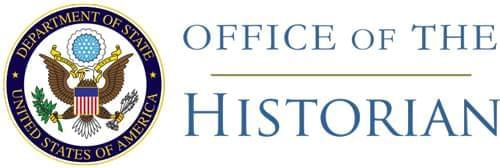132. Memorandum From the Deputy Director of the Office of Southeast Asian Affairs (Usher) to the Deputy Assistant Secretary of State for Far Eastern Affairs (Steeves)1
SUBJECT
- Year-End Assessment of US-Cambodian Relations
The attached despatch from Phnom Penh2 very admirably analyzes major political developments in Cambodia during 1959 in the context of their effect on the position of the United States in that country. It is noted that 1959 was “a Year of Troubles” with severe strains on Cambodian relations with the US, Thailand, and Viet-Nam. Nevertheless, at year’s end, the situation was in most respects better than was to have been expected in the light of earlier experience. Of particular significance was the absence, despite what could be interpreted as ample provocation, of any further substantial move toward the Sino-Soviet bloc. Instead, Sihanouk showed signs of seeking protection against real or fancied free world pressures in closer ties with other neutrals. This is the main significance the Embassy attaches to Sihanouk’s trip to the UAR, Yugoslavia and India in late 1959. The Embassy also believes that this tack, while admittedly second best, is vastly preferable to the former practice of scurrying to the bloc. In this connection, Sihanouk may now realize that he cannot make many more moves toward the bloc without seriously compromising Cambodia’s neutrality.
The Embassy finds ample confirmation throughout 1959 of the thesis that US relations with Cambodia are determined in large measure by the state of Cambodia’s relations with Thailand and Viet-Nam. US-Cambodian relations reached a low point in March 1959 owing to [Page 356] Cambodian conviction of Thai and Vietnamese support for the dissident plots and owing also to suspicions of US complicity. Mr. Parsons’ visit in April marked the turning point following which the relationship moved to a peak of cordiality during Secretary Seaton’s visit to inaugurate the Port Highway. The situation again deteriorated in September with publication of Slat Peau’s testimony incriminating US Embassy Attaché Matsui. The Embassy noted that the importance of this development in shaking Cambodian confidence in US motives cannot be overemphasized.
The fact that we were not worse off at the end of the year is attributed in large part to the active steps taken by the US to restrain Thailand and Viet-Nam. The Embassy therefore recommends that we pursue this more active and positive policy unrelentingly, while exercising patience toward the Cambodians. Our position vis-à-vis the RKG is seen as having an important educative element which implies the need for occasional “disciplinary measures”.
The report also analyzes Sihanouk’s position and evolving orientation. It finds some internal opposition, which, however, is leaderless, unorganized and not based on any serious disagreement with Sihanouk’s neutrality policy. Sihanouk meanwhile has emerged with even greater authority and with all major sources of power firmly in his control.
SEA Comment. We believe this despatch to be an excellent analysis, particularly outstanding for objectivity and concentration on the really significant facets of the situation. We concur generally in the Embassy’s recommendations, provided the “educative role” be taken to imply above all dignity, respectability and trustworthiness. One point to which the Embassy might have given somewhat more attention is the importance of US friendship to Cambodia.
